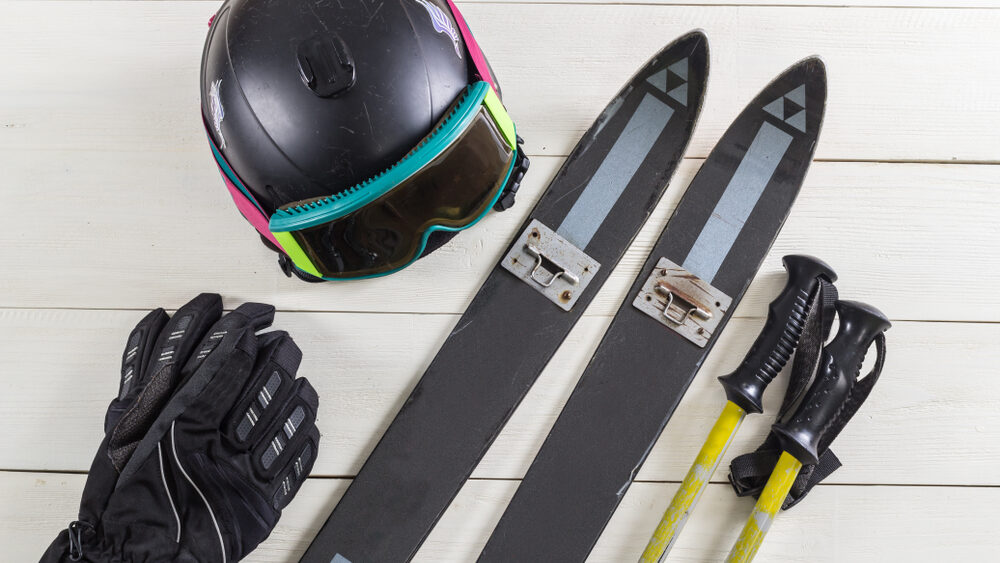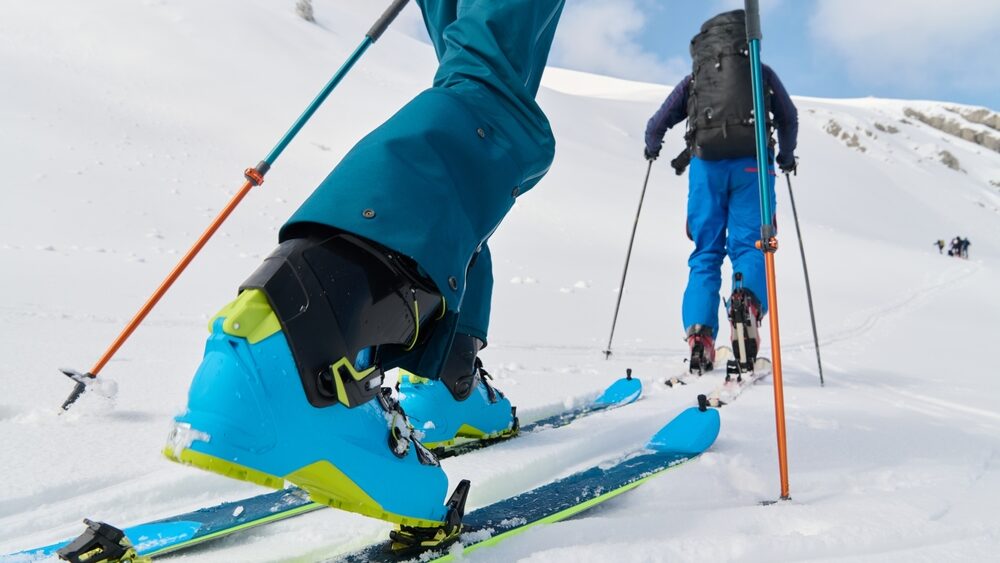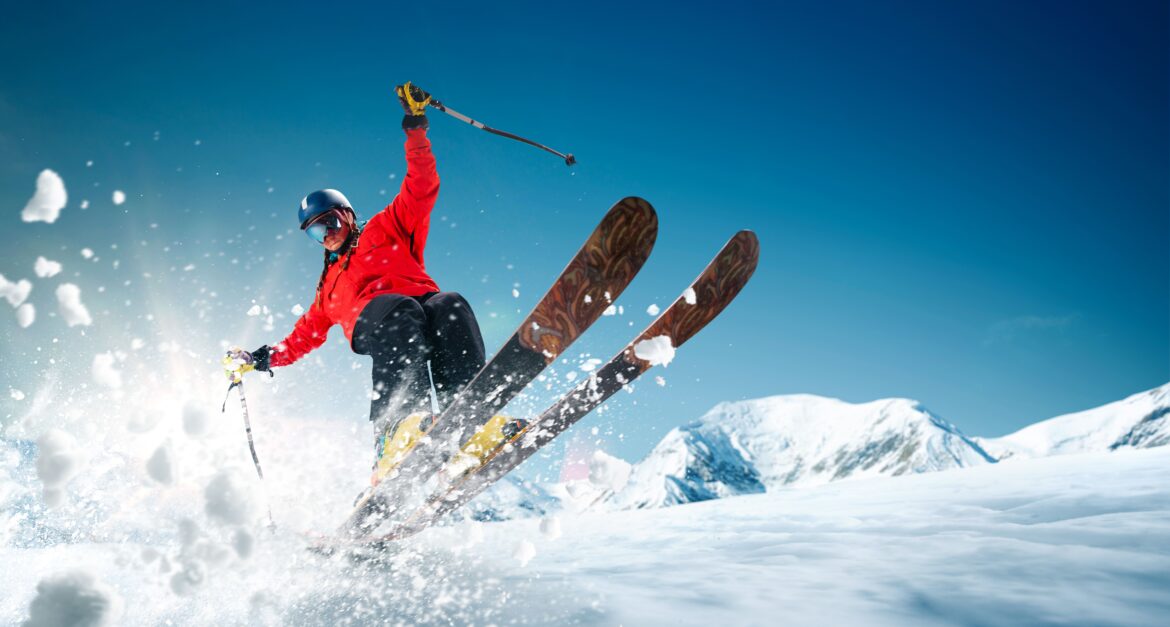Setting out on your inaugural skiing excursion can evoke feelings of both excitement and trepidation. The thrill of gliding down snow-covered slopes, the fresh mountain air, and the stunning alpine scenery are compelling reasons to take up this popular winter sport. However, if you’re new to skiing, it’s essential to prepare adequately to ensure a safe and enjoyable experience. This comprehensive guide provides essential tips for beginners to help you make the most of your first time on the slopes.
1. Choose the Right Gear

Renting vs. Buying
For your first skiing trip, renting equipment is usually the best option. Ski resorts and rental shops offer a wide range of gear suited to beginners, and renting allows you to try the sport without a significant upfront investment. If you decide to pursue skiing long-term, you can consider purchasing your own equipment later.
Essential Gear
– Skis and Bindings: Ensure you get skis that are appropriate for beginners. They are typically shorter and more flexible, making them easier to control.
– Ski Boots: Properly fitted ski boots are crucial for comfort and control. Rental shops can help you find the right size and fit.
– Poles: Ski poles help with balance and rhythm, especially on flat or slightly inclined terrain.
– Helmet: Safety should be a priority. A helmet protects against head injuries and is highly recommended for all skiers.
– Clothing: Wear layers to maintain warmth and dryness. Essential items include thermal base layers, a waterproof jacket and pants, gloves, a hat, and ski socks. Don’t forget goggles to protect your eyes from the sun and wind.
2. Take a Lesson
Investing in a ski lesson is one of the best decisions you can make as a beginner. Professional instructors can teach you the basics, including how to stop, turn, and navigate different terrains. Group lessons are more affordable and provide a social aspect, while private lessons offer personalized instruction tailored to your pace and learning style.
3. Learn the Basics
Stance and Balance
– Athletic Stance: Keep your knees slightly bent, your weight centered over your skis, and your hands in front of you. This stance helps with balance and control.
– Lean Forward: Avoid leaning back, as this can cause you to lose control. Instead, lean slightly forward to maintain stability.
Turning and Stopping
– Snowplow: This basic technique involves pointing the tips of your skis together while keeping the tails apart, forming a wedge shape. It helps you control your speed and stop.
-Turning: To turn, shift your weight to the outside ski while applying pressure to the inside edge. Practice gentle, controlled turns to get comfortable maneuvering on the slopes.
4. Start on Easy Slopes
Begin on green runs, which are the easiest slopes marked for beginners. These slopes have gentle inclines and are perfect for practicing your skills. As you gain confidence, you can gradually progress to more challenging runs. Remember, it’s better to master the basics on easy terrain before attempting steeper slopes.
5. Know the Rules and Etiquette
Skiing involves sharing the slopes with others, so it’s important to follow certain rules and etiquette to ensure everyone’s safety:
– Yield to Others: Skiers in front of you have the right of way. Always look uphill before starting to ensure you don’t cut in front of someone.
– Control Your Speed: Maintain a speed that allows you to stop or avoid obstacles and other skiers safely.
– Respect Signs and Markings: Pay attention to trail signs and markings. They provide crucial information about slope difficulty and potential hazards.
– No Stopping in Narrow Spots: Avoid stopping in the middle of trails or where visibility is limited. Move aside if you need to come to a stop.
6. Stay Safe

Hydrate and Rest
Skiing is physically demanding, so it’s important to stay hydrated and take breaks as needed. Stay well-hydrated and avoid pushing yourself too hard.
Warm Up
Start your day with a warm-up routine to prepare your muscles for skiing. Engaging in mild stretches and gentle exercises can aid in injury prevention.
Be Aware of Weather Conditions
Weather can change rapidly in mountainous areas. Monitor weather forecasts and anticipate unexpected shifts in weather conditions. Dress appropriately and be aware of the signs of hypothermia and frostbite.
7. Have Fun and Be Patient
Learning to ski takes time and patience. Don’t get discouraged if you fall or find certain techniques challenging. Everyone progresses at their own pace, and the most important thing is to have fun and enjoy the experience.
Conclusion
Your first time skiing can be an unforgettable adventure filled with excitement and new experiences. By choosing the right gear, taking lessons, learning the basics, and following safety guidelines, you can ensure a safe and enjoyable start to your skiing journey. Remember, skiing is not just about the thrill of the descent but also about embracing the beauty of the mountains and the joy of learning a new skill. So, hit the slopes with confidence, and enjoy every moment of your skiing adventure!

